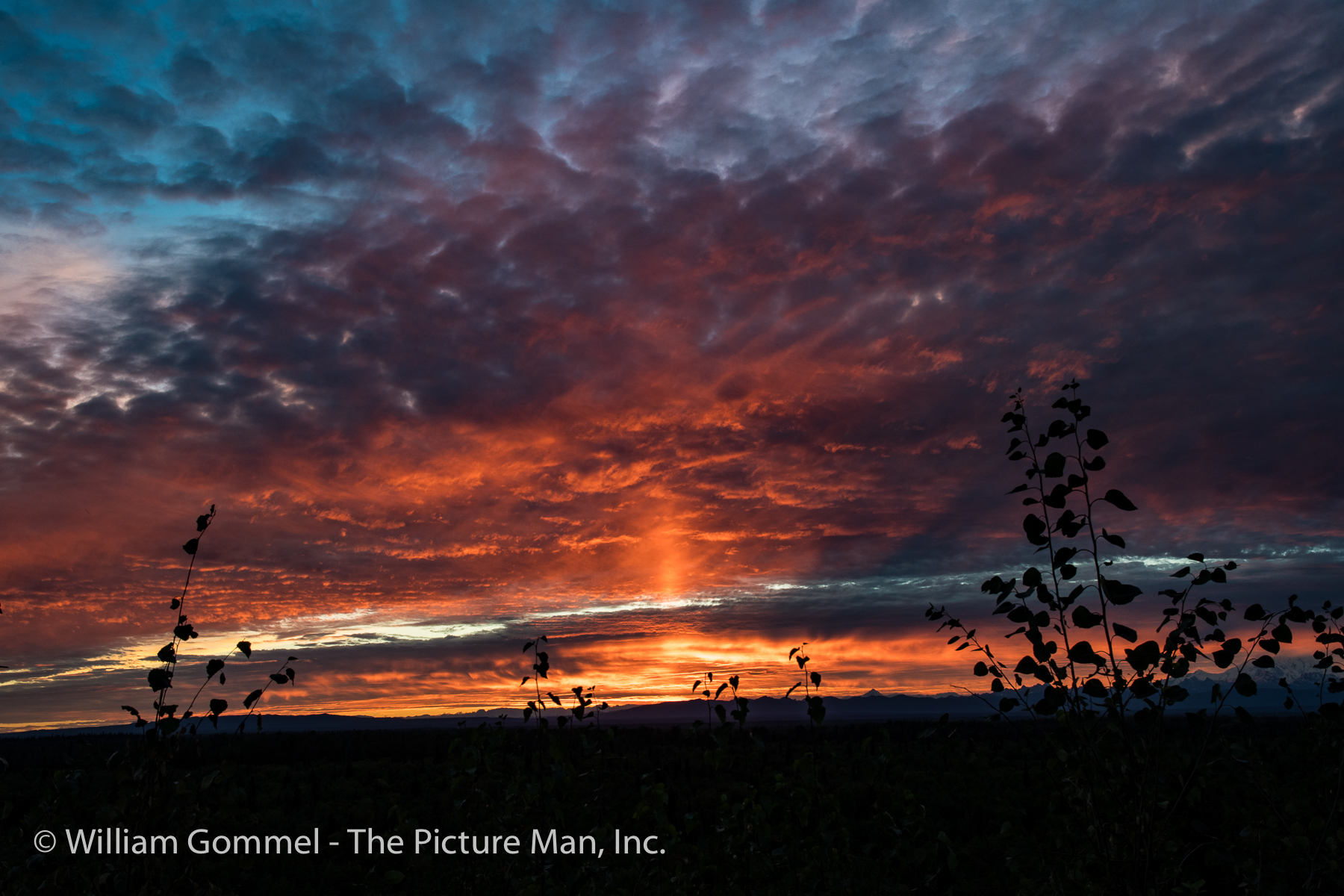We are fortunate to have family who live in Hawaii and friends who periodically visit so we are able to spend time in the Islands. Just like the Humpback Whales who travel from the cold of Alaskan waters to the warmth of the Hawaiian waters, we travel from the cold of the midwest to the warmth of Hawaii.
I'm fascinated by the biology of these mammals. During the months of December-March, you can see whales from your hotel or just when driving on beachside roads. The best way to see the whales is to take a boat and there are many outfits offering whale watching tours. This year was my third whale watch. The weather conditions were very overcast this year which made for less than ideal whale watching. Last year was a better whale watch (scroll down to see last year's blog entry.)
The first whales we came across were "fin slapping" This is believed to be communication to other whales. The "slap" is very loud and causes quite the splash. I would imagine the sound underwater would be quite impressive to hear.
Fin Slapping Humpback Whale off Maui, Hawaii.
Fin Slap Whale-Notice the hotels on the beach in the background.
I did see a behavior this year that I had not seen previously. It is called the Head Rise or Spy Hop. This behavior is believed to be so they can check out what is happening on the surface. Two whales did this very close to the boat and it was as if they were checking us out. It's amazing how such a large animal can just rise up out of the ocean and stay suspended with it's massive head out of the water.
Head Rise or Spy Hop
Even though the day was grey, misty and overcast, this whale watch offered the closest view of a whale. Since 2001 the National Oceanic and Atmospheric Association has issued a Humpback Whale Approach Regulation which states you should not approach closer than 100 yards and when you get close to a whale you must slow or stop your boat. All of the boats I have been on follow this regulation. But the whales do not necessarily know and/or follow this regulation! At one point the captain had stopped the boat as we had spotted a whale a short distance away. Suddenly a huge whale surfaced and did a blow right beside the boat. Not only was the sound loud, but it was so close that my 400 mm lens would not focus as the whale was so close. It may actually have rubbed up alongside the boat! At one point we looked down and saw a whale suspended right below the boat. The lighting was so flat that even using the polarizer, I was not able to get a decent photo, but just seeing it that close was worth the trip.
Surfacing whale close to the boat.
I mentioned that is was possible to observe whales while on shore. This was reinforced the day after taking the whale watch tour. Early in the morning we observed whales while relaxing on our hotel balcony. Of course I had the 16-140 mm lens on the camera to take some scenic photos when some whales began to "play" in the ocean below. Not wanting to miss the action I did take some images hoping the severe cropping I would have to do would hold up.
Breeching whale as seen from the hotel balcony-this is mom teaching the breeching technique.
I think the breeching whale is what I enjoy the most of watching whales. Even when you see them in the distance, it still is an amazing display to me. What made this breech even more special, was that this was a mother whale teaching her baby to breech. The first breech was just the mom doing the instruction. Then mom had the baby follow along. And finally the baby was able to do it on its own.
breeching whales-mom and baby-as seen from hotel balcony.
Baby Whale breech-mom is flowing close behind.
Will I take another whale watch the next time I'm in Hawaii? Yes, and I've found the boat that I will take next time. My first whale watch was on a big boat operated by the Pacific Whale Foundation. This was a great introduction as they had a biologist on board who explained the whale behavior and described everything that we were seeing. Last year was on a 41 foot boat that I describe as a "fishing boat" like you would see anywhere they do offshore fishing. The boat this year was another larger vessel. The last day on Maui, again while on the hotel balcony, I head screaming coming from the water. Coming out from a resort hotel two buildings from where we were staying were two outrigger canoes with 6 people doing the rowing. Why screaming? Because a whale had breeched close to the canoes. As I watched the whale breeched a second time. The is my next whale watch adventure, but I'm trying to figure out how to row and run the camera at the same time!
Outrigger canoe whale watch-Yes that dark area right in front of the boat is a whale that had breeched a few moments earlier.
I also observed another method of getting to see the whales. On the same day as the outrigger canoes, there were a couple of individuals who paddled out on a paddle board. I don't think I'm ready to do that one as it would entail having to get a waterproof housing for the camera!
PaddleBoard Whale Watcher-Yes the dark area in the water is a massive Humpback Whale!
If you find yourself in Hawaii between December and March, I totally recommend doing a whale watch. The price is $25 and higher for a two hour cruise. I like the early morning cruise as the water tends to be calmer and the light better. For those who like camera information--The camera for all of these images was my Nikon D500. The ones with the grey cast to the water, the lens was my 80-400 mm zoom. The blue water images of the whales was with the 16-140 mm lens.




































































